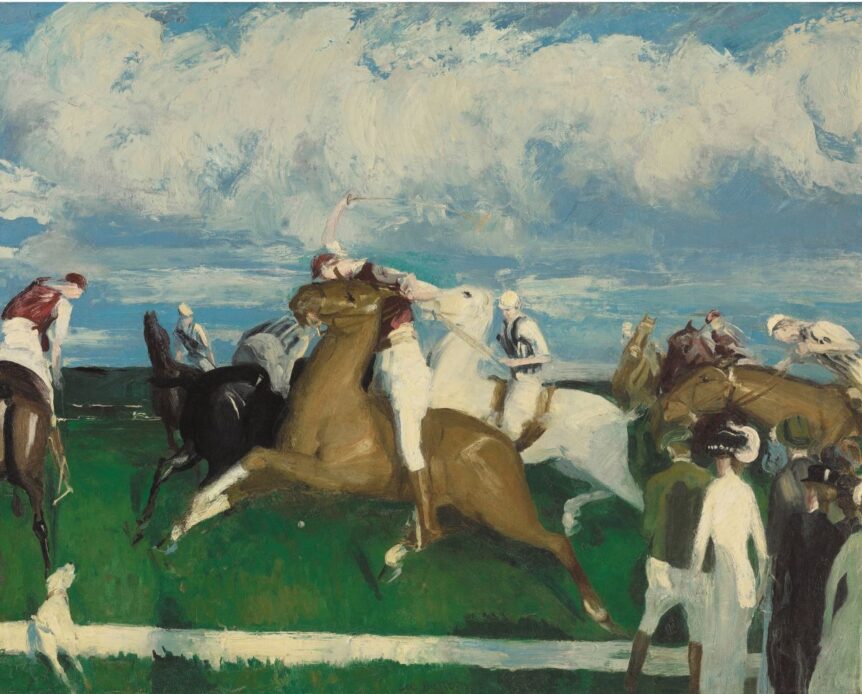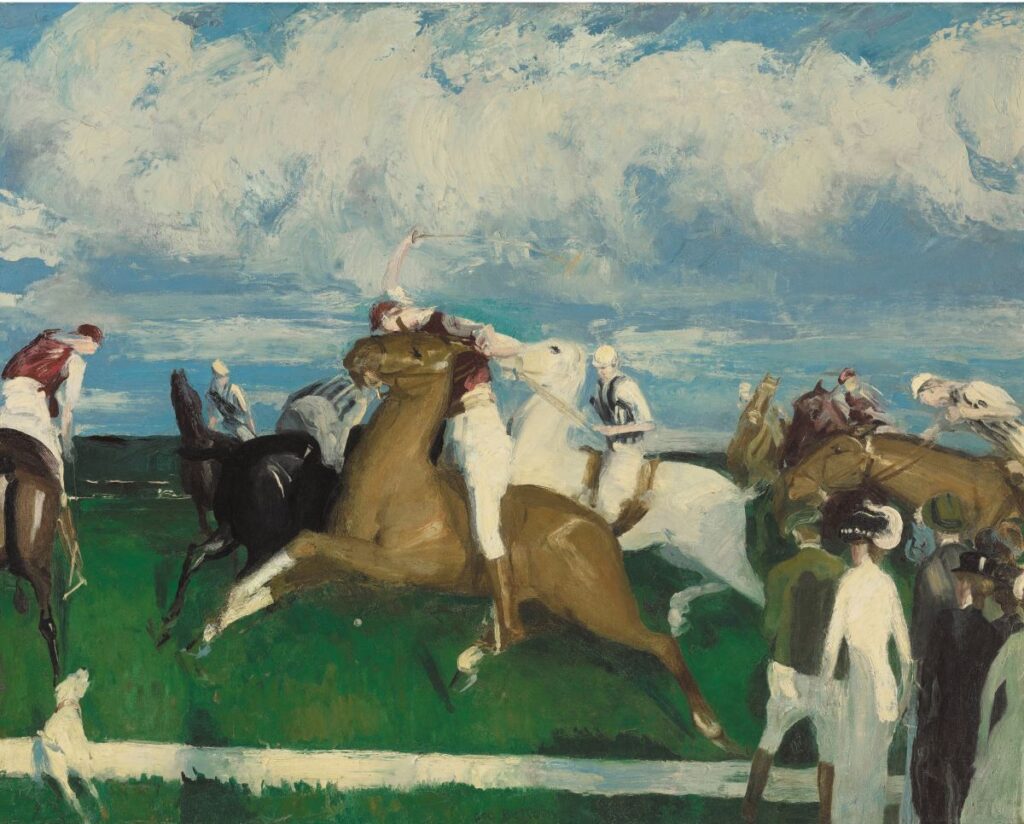
Art pilgrims know the itineraries—go to Detroit to see Diego Rivera’s murals of the city’s industrial heyday, to Baltimore to find out why the Cone sisters acquired seven hundred works by Henri Matisse, and to St. Louis for its trove of Max Beckmann masterworks. This year, travelers who seek such always-on-view museum treasures have a fresh destination thanks to the keen eye of Houston collector Fayez S. Sarofim, who died in May 2022.
Sarofim’s collection has provided 125 works that will go on long-term loan to the Museum of Fine Arts, Houston—and a first group of fifty-one paintings is on view now. The new installations are transformative, even for this sprawling, encyclopedic institution, which opened its third major gallery building in 2020.
Thanks in large measure to the arrival of Sarofim loans, the culminating room in the MFAH’s sequence of spaces devoted to American art is, in itself, worth a trip to Texas. The opulent salon-style installation is a compelling evocation of Gilded Age taste and Progressive Era reaction, of the aspirations of American womanhood, of the Japanesque vogue, and of the eye-popping talents of American artists as different as Mary Cassatt and George Bellows. This room includes about forty paintings from the Sarofim Foundation and a host of notable works from the MFAH collection and other lenders.
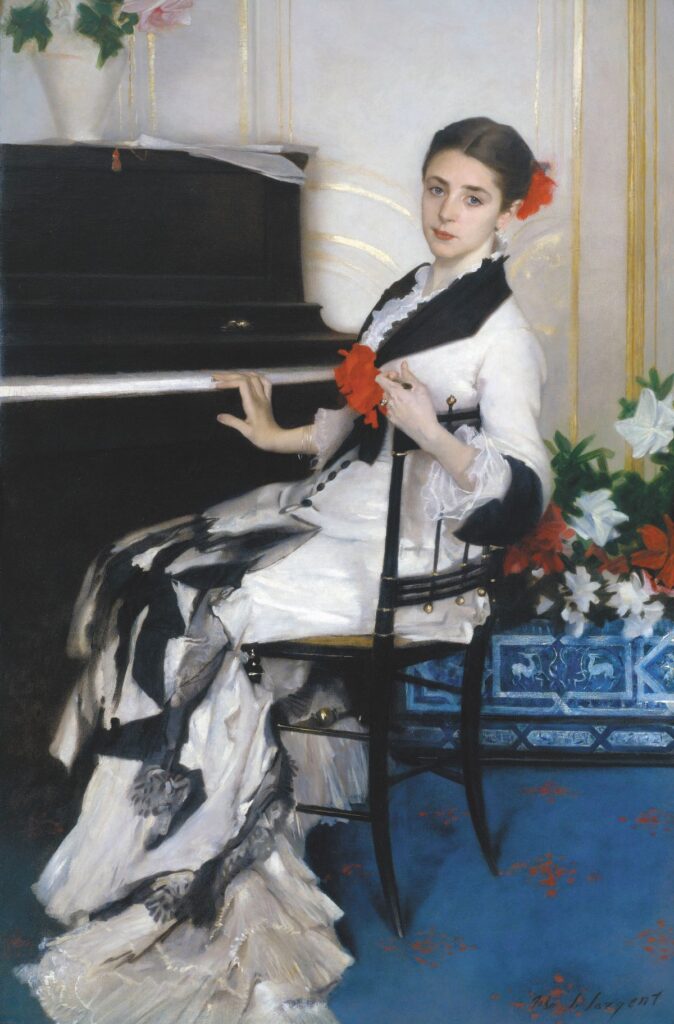
The main attraction is ten John Singer Sargent oils from Sarofim—major portraits, architectural views, bravura garden scenes, oil sketches, and more. The Sargent works are surrounded by additional Sarofim loans from the period: two Cassatt oils; three William Merritt Chase oils; a glorious flag painting from Childe Hassam; and blue-chip pieces by John Henry Twachtman, Edmund Charles Tarbell, Alfred Maurer, Frederick Carl Frieseke, John Sloan, Everett Shinn, Robert Henri, and Bellows.
During a January walk-through, the museum’s curator of American painting and sculpture, Kaylin Weber, radiated particular excitement when discussing Sargent’s Madame Ramón Subercaseaux of 1880–1881. “This was a calling card piece,” Weber says. “A commissioned work that Sargent showed at the Paris Salon as an example of everything he could do.”
Weber pointed to the energized pose of Sargent’s sitter, her expressive hands and the richly rendered fabrics of her floor-length dress. Sargent also lavished attention on the setting, which balances the black of a stand-up piano against ivory and gilded paneling, a profusion of flowers, and the blue-and-white glaze of a porcelain jardinière. “This is the kind of work that brought Sargent an international clientele for his portrait business, and we’re thrilled to have it on regular public view after so many years in a private collection.”
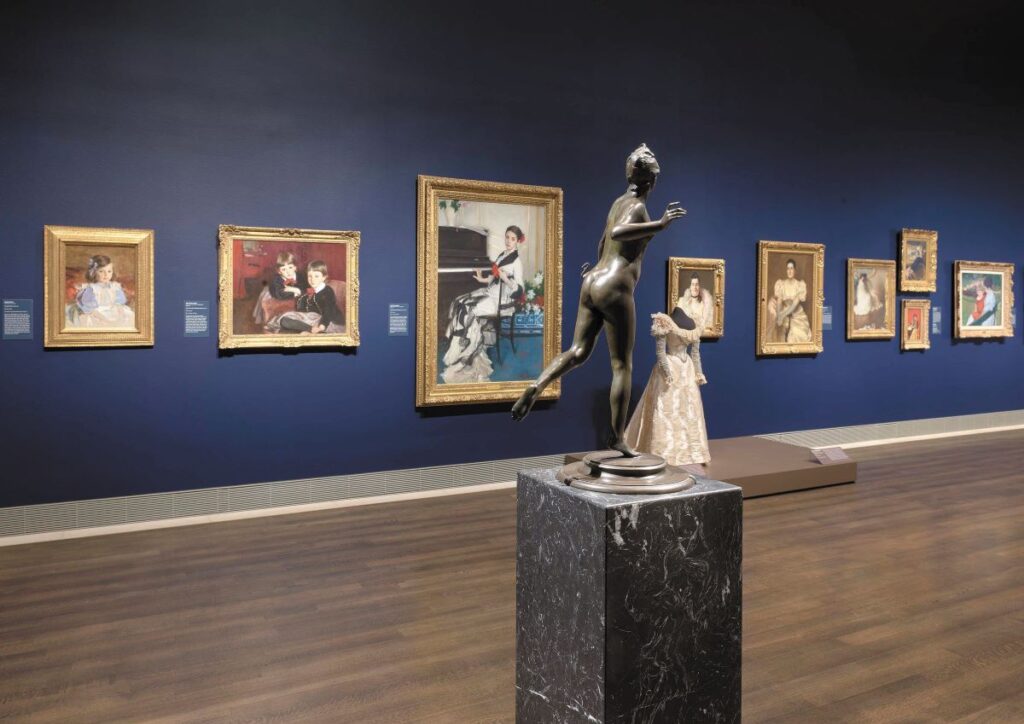
Sarofim loans also have enriched nearby galleries. They include the museum’s first Winslow Homer oil and an 1891 Homer watercolor, two John Frederick Peto still lifes, a George Inness landscape, a John Singleton Copley portrait, and an oil sketch by Frederic Edwin Church that is closely related to a finished painting in the MFAH holdings.
That the Sarofim loans slipped so seamlessly into the museum’s collections was no surprise to Alison de Lima Greene, curator of modern and contemporary art for the MFAH. “Mr. Sarofim knew the museum and we knew him, although he was famously reticent,” she says. “This was a very long relationship. When I came to the museum, nearly forty years ago, my predecessor, Barbara Rose, sat me down and said you need to be aware of this collector. For sixty years, he brought keen intelligence and a laser-like focus to his collecting, and never treated art as an investment.”
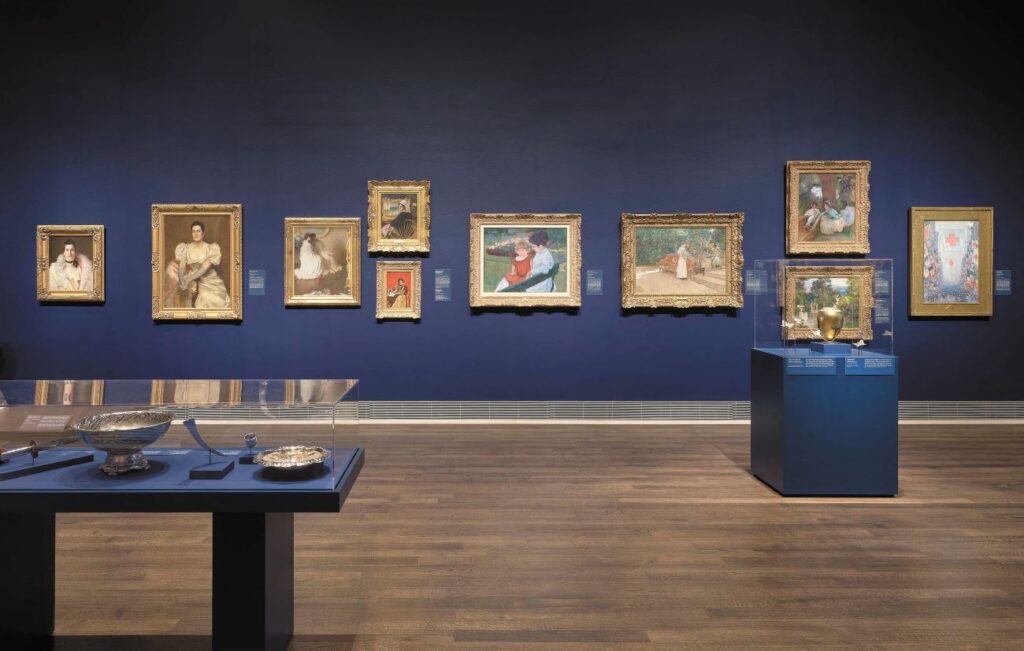
Greene has installed a group of modernist paintings that are part of the Sarofim loan. The list includes two John Marin oils; a pair of sensual Edward Hopper paintings; a Marsden Hartley landscape from New Mexico; work by Max Weber; a Jasper Johns canvas; and notable abstractions by Willem de Kooning, Lee Krasner, Robert Motherwell, and Ellsworth Kelly. In addition, three Sarofim loans by Joaquin Torres-Garcia now grace the museum’s Latin American collection.
“Our partnership with the Sarofim Foundation transforms our ability to tell the story of American art,” Greene says. “Many works in the museum’s collection perfectly complement the Sarofim paintings, and as these outstanding loans flow into our galleries, visitors will have the opportunity to discover new masterpieces amid cherished favorites.”

